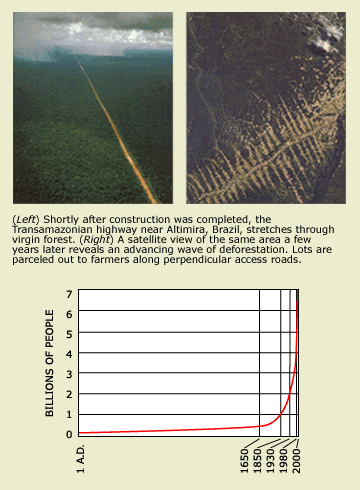It’s that time of year again - the annual “Adirondack Burn
Ban” is in effect. Each year, the New
York State Department of Environmental Conservation places a ban on all
residential burning of debris and yard waste, in an attempt to reduce the
number of annual wildfires in the Adirondack Park. Though open burning is prohibited year round
in specific “fire towns” (New York towns with fewer than 20,000 residents), the
annual spring ban expands the restriction to include the entire Adirondack Park. Open burning is New York’s number one cause
wildfires in the spring season, when warm temperatures and dried out grasses
and leaves can easily catch fire. Since
the ban’s creation five years ago, the average number of spring fires decreased
by 43.2% (Adirondack Almanac).
Though the burn ban is certainly effective in reducing the amount
of spring wildfires in the Adirondacks, it raises many questions about the long-term effects of forest fire suppression and prevention. While reducing wildfires beneficial
from a human point of view, wildfires pose obvious threats to human life and property,
wildfires are an integral aspect of succession dynamics in many ecosystems and
can even been required for reproduction in some plant species. By preventing wildifres, we also allow brush
(which would’ve burned naturally in smaller fires) to build up each year. This brush build-up can eventually fuel a
much larger and much more destructive fire than would’ve occurred as part of an
area’s natural fire regime. As we’ve
seen on the West Coast, we can be very successful in suppressing wildfires, but
when brush build-up finally ignites, the effects can be catastrophic.
If we continue to prevent wildfires in the Adirondack park,
we may unfortunately increase the risk of large-scale fires in upcoming
years. In a place such as the
Adirondacks, where large tracts of wilderness and municipalities coexist in a
patchwork-quit framework, a big wildfire could be devastating. While we may not consider human-caused ignition
to be the most “natural” way for fires to start, human-caused fire suppression
isn’t the most “natural” way for an ecosystem to function either. In the coming years, it is imperative that
the DEC develop a plan to allow the fire regime to run its natural course in
the Adirondacks while simultaneously protecting the towns and people within the
blue line.
Sources:
“Adirondack Burn Ban in Effect.” Adirondack Almanac, 10
April 2015. Web. 11 April 2015. <http://www.adirondackalmanack.com/2015/04/adirondacks-burn-ban-effect.html>
“Questions and Answers Regarding Open Burning.” NYSDEC, 14 October
2009. Web. 11 April 2015. <http://www.dec.ny.gov/chemical/58519.html>


